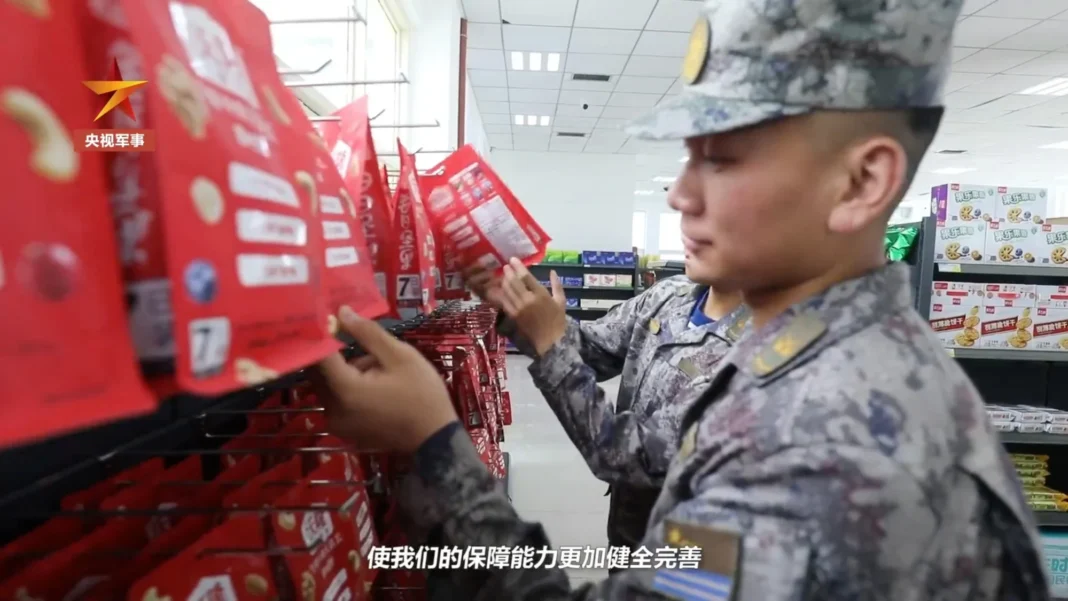China has opened supermarkets on three of its biggest artificial islands in the disputed South China Sea in an attempt to improve life for soldiers as Beijing cements its presence in the strategically important waterway, according to state media.The stores are located on military bases on Fiery Cross Reef, Subi Reef and Mischief Reef in the Spratly Islands, a hotly contested archipelago known as the Nansha Islands in China, state broadcaster CCTV reported on Wednesday.
The Philippines, Vietnam and Taiwan also claim the three reefs, while Malaysia and Brunei have claims to other parts of the archipelago.
The first store opened in late 2020 on Fiery Cross Reef, an artificial island known as Yongshu Reef in China, allowing People’s Liberation Army (PLA) soldiers stationed on the islands to shop for groceries and daily necessities, rather than waiting for supply vessels every month.
More than 400 kinds of products, ranging from crisps and cold drinks to shampoo and toothbrushes, are available to the soldiers at a 15 per cent discount from market prices on the mainland, according to the report.
The supermarket on Fiery Cross Reef also has a reading corner, coffee bar, laundry room and karaoke booths, according to an earlier report by the PLA Daily.
CCTV said the supermarkets had “further enriched and explored the material support capability to the Nansha Islands”.
China has built seven artificial islands in the South China Sea, creating more than 3,200 hectares (7,907 acres) of new land since 2013 and dwarfing the 220 hectares built by Vietnam, according to the CSIS Asia Maritime Transparency Initiative, a Washington-based think tank.
In 2015, Beijing said it had halted land reclamation in disputed waters, but there have been reports that China has continued to fortify the islands with advanced military bases as well as missile systems, radar, runways and jet fighters.
Some observers have described the military build-up as an attempt by China to create “unsinkable aircraft carriers” for its air and naval forces in the South China Sea.
The contested waterway is home to fisheries and potentially huge reserves of oil and gas. An estimated US$3.4 trillion worth of international trade passes through the strategic shipping route each year.
While details of China’s military build-up in the South China Sea are scarce, the PLA’s displays of military might in the region have sparked criticism from rival claimants as well as Washington, which is locked in a fierce competition with Beijing over a wide range of issues, from military supremacy to influence in Southeast Asia.
Earlier this month, the Philippines announced it would provide the US military with expanded access to four more bases as part of a commitment between the two treaty allies to strengthen their ability to resist armed attacks. Chinese observers have warned the deal could compromise Beijing’s strategic defence in the region.

